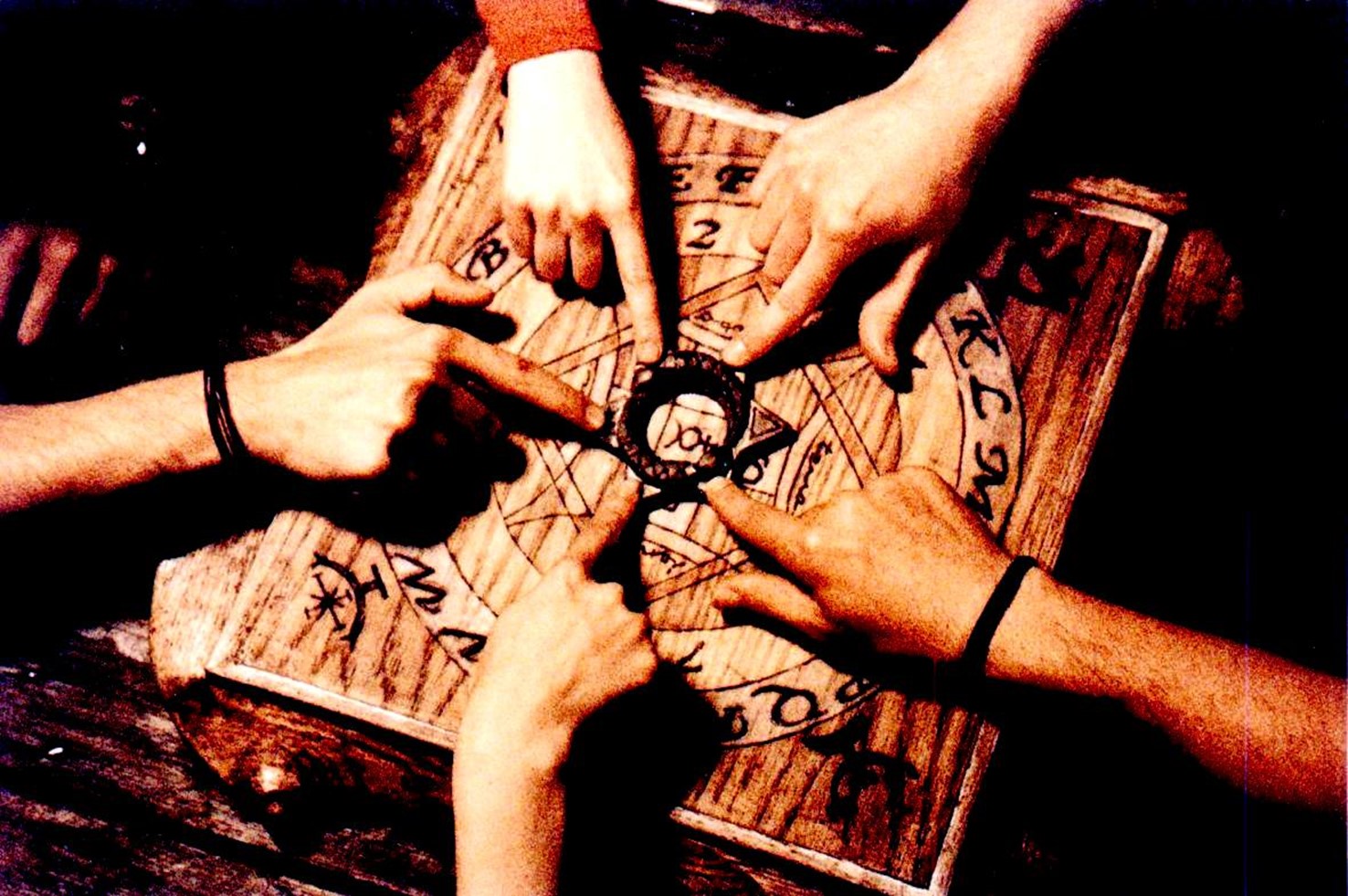The History Of The Ouija Board
May 29, 2015 in Daily Bulletin

Back in 2013 Linda Rodriguez McRobbie took a look at the history of the Ouija board:
- Ouija boards became popular at a time when communicating with spirits was all the rage in the US. It was particularly popular since it was thought to be compatible with Christian beliefs.
- Back then people would communicate with spirits by calling out letters of the alphabet and waiting for a spirit to ‘knock’, thus spelling out words in a time consuming process.
- Entrepreneurs fixed the problem by coming up with the Ouija board, making the process of communicating with spirits much quicker.
- The board got a boost in popularity after the patent office certified it works. They did so because the Ouija board correctly guessed the patent officer’s supposedly unknown name.
- The fact that one of the people who took the board to the officer was a patent attorney, and thus may just have known the officer’s name went unmentioned.
- The board named itself. Its creators asked it what it should be called, and it responded with Ouija – claiming it meant good luck.
- The name is possibly a misreading of the name of a woman’s rights activist, Ouida, whose picture may have been in the room at the time the board was named.
- Mediums hated the board – by bypassing them, the board was stealing their business.
- Up until 1973 the board was a bit of a joke, a game which sometimes had higher sales than Monopoly. Then The Exorcist, a movie where a child is possessed after playing with the board, became popular. Suddenly the board began to terrify people.
- It has since receded as an object of terror in the popular imagination. Several Ouija board apps are available.
- Experts believe that Ouija boards work as a result of the ideometer effect, where involuntary muscle movements are amplified. Because the movements are involuntary they are assumed by people to be caused by an external force.
- There is some psychological evidence to indicate that the board can be used to access people’s subconscious memory.
Read more about the history of the board, how the board “asked” its so-called creator to build a factory that later killed him, the role it played in the White House, how psychologists are trying to use it, and much more in a fascinating article over here.
Source: The Smithsonian
Join the Discussion! (No Signup Required)